New hope and compassionate care for animal patients in pain
Imagine having debilitating chronic pain that interferes with every aspect of your life. For many people and pets around the world, this is their reality. Jordyn Boesch, D.V.M. ’96, anesthesiologist, pain management specialist and associate professor at the Cornell University College of Veterinary Medicine, is working to change that with the launch of the Comparative Pain Program.
“I have chronic pain, many friends have chronic pain, and animals go through it also. [This program] is just something I have always wanted to do,” said Boesch, who pursued veterinary anesthesiology to dedicate her entire career to pain management.
The goal of the new Comparative Pain Program is to offer unique treatment for pets with chronic pain or severe acute pain, while contributing to research that will advance our understanding of pain, test novel drug treatments and generally advance animal and human health. Through collaboration among basic scientists, veterinarians and physicians, the program is developing better solutions for animals experiencing pain.
“Inadequate pain control in veterinary patients is not for lack of trying or caring among veterinarians; more research as well as collaboration is needed,” said Boesch. “There simply aren't enough veterinarians working in pain management full-time, like there are in human medicine.”
One of the unique aspects of this program is that it brings together faculty from the Cornell University Hospital for Animals (CUHA) and two adjunct faculty with expertise in human medicine and neuroscience.
“Bridging human and veterinary medicine allows us to uncover shared insights in pain mechanisms, therapies and innovation that benefit both people and animals,” said Dr. Rohan Jotwani, anesthesiologist and pain management specialist at Weill Cornell Medical Center. Jotwani collaborates often with Boesch to discuss tough cases, new procedures, techniques and new equipment that can be applied from human medicine to veterinary medicine.
“Pain in animals is often under-recognized, and I’m proud to collaborate with this first-of-its-kind program to change that narrative,” Jotwani said. “Together, we’re laying the foundation for providing groundbreaking advanced pain care for animals and helping shape the future of comparative anesthesiology."
For neuroscience research and novel drug treatments, Boesch works with Dr. Nigel Bunnett, professor and chair of the department of molecular pathobiology, and member of the Pain Research Center at the College of Dentistry at New York University.
Bunnett studies the basic mechanisms of pain. “This collaboration will provide a new understanding of the mechanisms of chronic pain, leading to the development of new and much needed therapies that are devoid of the life-threatening side effects of opioids and non-steroidal anti-inflammatory drugs,” said Bunnett. He will be using samples to study specialized sensory nerve endings that detect and transmit pain signals to the brain to gain a better understanding and eventually leading to novel drug treatments in clinical trials.
“We want to see if we can use what we learn about naturally occurring pain in dogs to help both animals and humans,” said Boesch, noting that animals and people share virtually identical nervous systems.
“We aim to develop treatments for intractable pain that is a major cause of suffering in dogs and to advance treatments for chronic pain in human patients,” said Bunnett.
Collaborations within the veterinary hospital are also crucial, as many of these new procedures could not be accomplished without advanced imaging. Boesch works closely with radiologists using real-time CT imaging, fluoroscopy, ultrasound and radiographs to help guide her on positioning and placement of the needles during procedures like nerve ablations, epidurals and nerve blocks.
Charley and Miles, chronic pain patients
Thanks to the Comparative Pain Program, Boesch has already been able to help several patients with unique chronic pain. She lets owners know that while many of these new techniques have never been done before in animals, every procedure will help lead to a better understanding of pain management and to helping more pets in the future.
Charley, a 1.5-year-old Beagle, was seen in March after one year of extensive veterinary care for unresolved episodes of explosive aggression, which progressed to include spontaneous, sudden episodes of head-flipping, intense vocalization and lumbar back pain.
“We were at the point where we had to consider behavioral euthanasia, but I had this weird feeling that we shouldn’t stop,” said Karen Young, Charley’s owner.
When Boesch used an epidural catheter for local anesthetics, Charley’s symptoms and behavior completely resolved, confirming that he was indeed experiencing pain and it was not just a behavior problem. Boesch and Jotwani suspected Charley had facet joint disease. The facet joints connect individual vertebral bodies in the spine and can become irritated. In humans, this causes sudden, radiating pain. For diagnosis, Charley had two advanced nerve block procedures to block pain signals from the facet joints.
Following this, Charley’s symptoms resolved for approximately six weeks. “We took him to the park. He ran and played with the other dogs,” said Young.
“Chronic pain rarely goes away completely. The goal is to manage it at a level to restore some functionality and quality of life,” said Boesch.
“She has always been very honest with us. She was not sure how much time we would get out of this treatment. But she has already been preparing for the next steps,” said Young.
For Charley, the next step was nerve ablation, a minimally invasive procedure that uses radiofrequency to generate heat in a targeted area and disrupts the nerve’s ability to send pain signals to the brain. This is a technique commonly used in people that can result in years of relief.
In July of 2025, Charley was the first dog to undergo lumbar facet nerve ablation, with fluoroscopic and ultrasound imagery guidance. It can take some time for nerve ablations to take effect — and two weeks later he was playing with his siblings again.
“I can’t thank Dr. Boesch enough for giving him back to us, because that’s what she did. She gave him back his life and she gave us back the dog we love so much,” said Young.
Another patient Boesch helped is Miles, an 11-year-old cat, with a history of chasing his tail since he was young. Over multiple years, this progressed to chewing on his tail, which began causing open wounds. Miles was seen by multiple veterinarian specialists, and they tried several different interventions with no success. “I was considering euthanasia because witnessing him harming himself was agonizing,” said owner, Dr. Kristen Jones, herself a veterinarian.
However, a recent MRI showed changes in Miles’ lower back and pelvic spine; the specialists were unsure if these were just normal changes, but still recommended a referral to Boesch. She suggested that Miles’ behavior might be due to pain and administered a sacrococcygeal epidural injection, where the base of the tail meets the spine, with steroids using electrolocation and radiographs as guidance.
“It was like night and day,” said Jones. “The improvement was pretty immediate, and he resolved 100%.”
Miles stopped chewing on his tail and even grew all the hair back. He was able to live five full months pain-free before his next injection.
“Dr. Boesch provided such wonderful care and enhanced his quality of life. This has been the only therapy to help him, and it has been life changing for both of us,” said Jones.
A compassionate approach
It is not just the new techniques and treatments that make this program unique, but also Boesch herself.
“To see someone put in that much love and effort into our dog, means a tremendous amount to us,” said Young. “I feel like her whole heart and brain are dedicated to helping him feel better.”
Boesch is this way with every patient, often because she knows what her patients are going through.
Boesch’s personal experience with severe chronic pain started during her teenage years when she began suffering from severe pain up the back of her neck and skull. After suffering for about a decade and seeing multiple doctors, she saw a pain specialist and interventionalist. He diagnosed her with occipital neuralgia, started her on medication for neuropathic pain and performed nerve ablation on her occipital nerves. After the procedure, her pain disappeared.
“It was life-changing and inspired me to try to do the same for veterinary patients,” said Boesch. “People who have suffered severe pain often hold a unique perspective on what our animals experience.”
The Comparative Pain Program is currently accepting new patients and performing new procedures every day.
Author: Junelle King
Source: https://www.vet.cornell.edu/


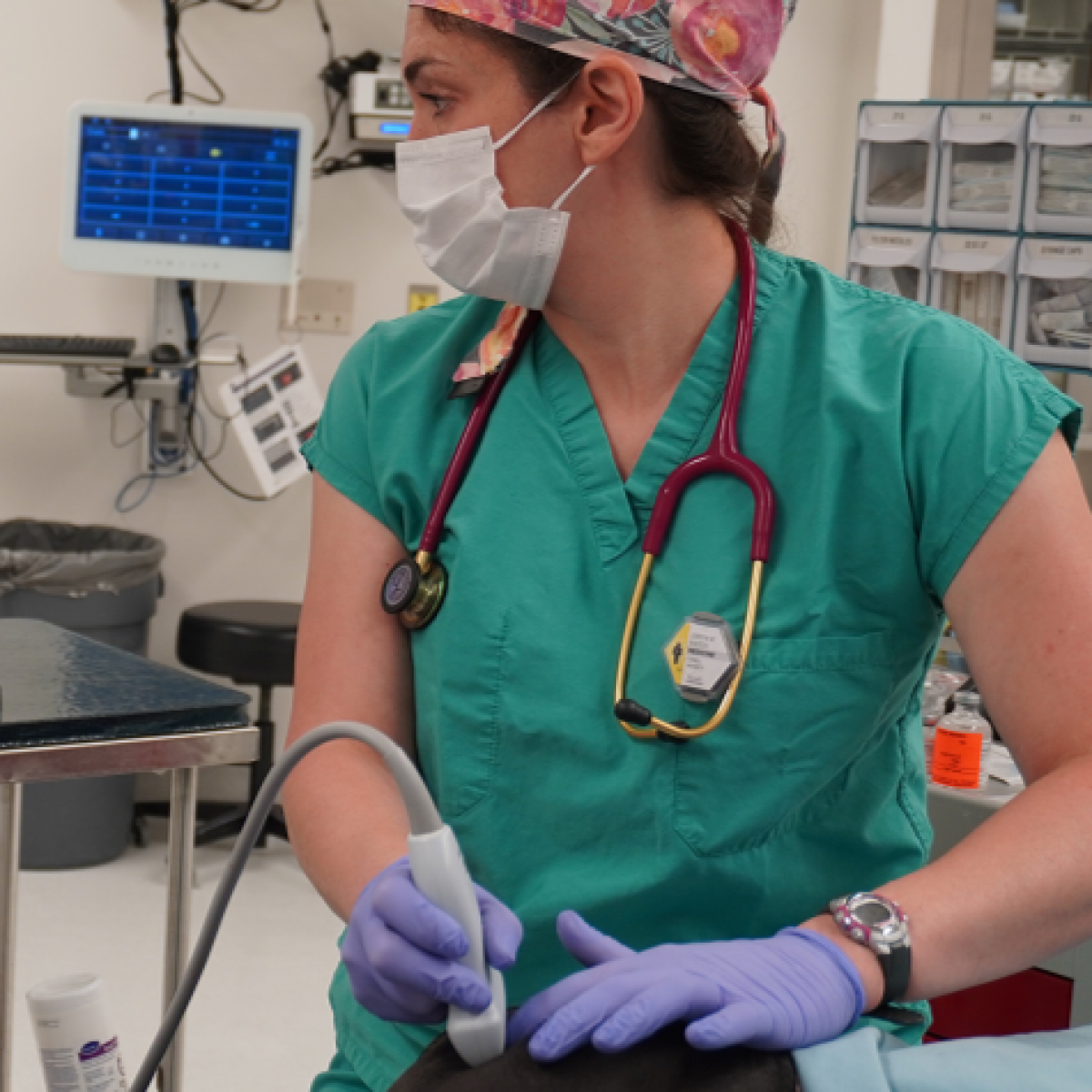
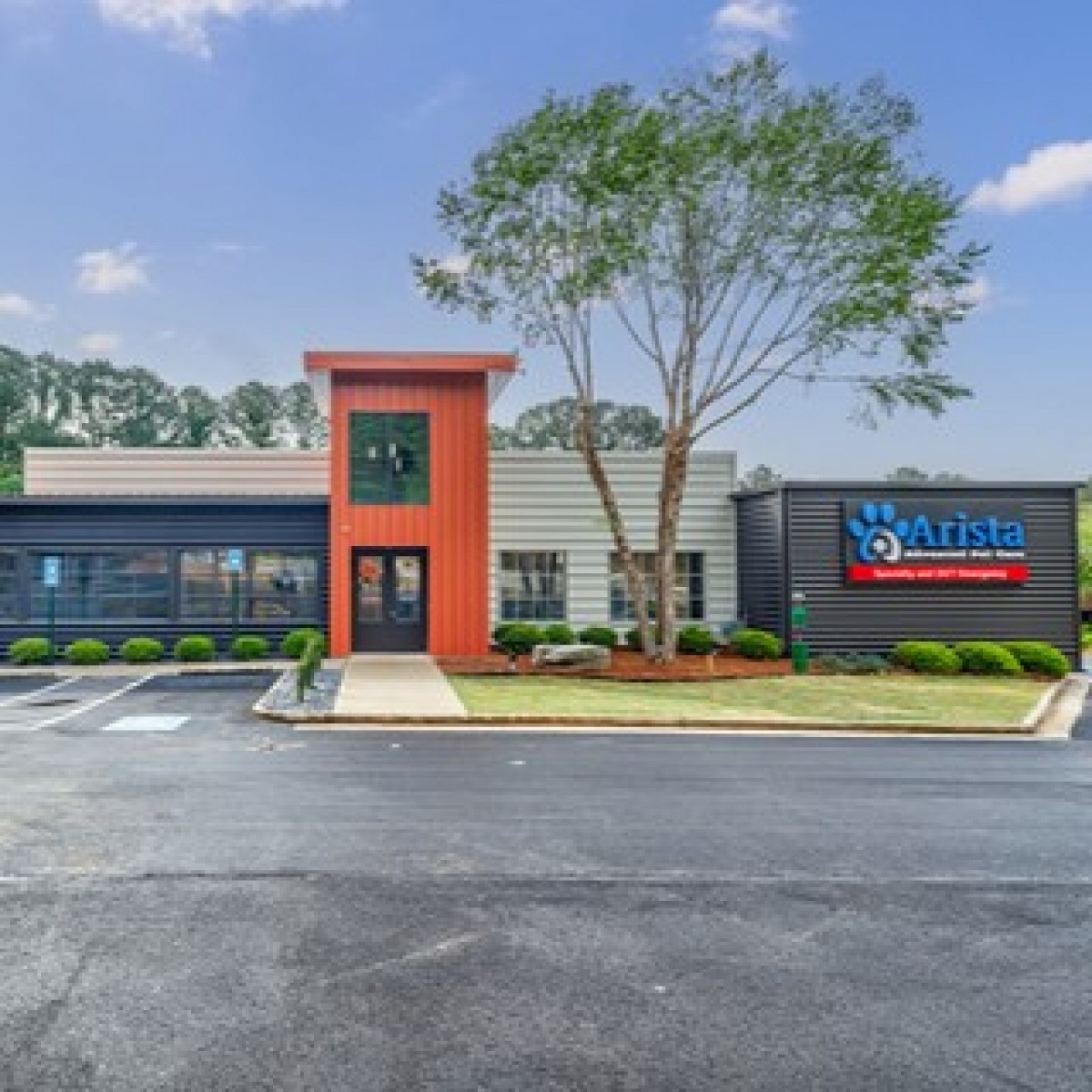


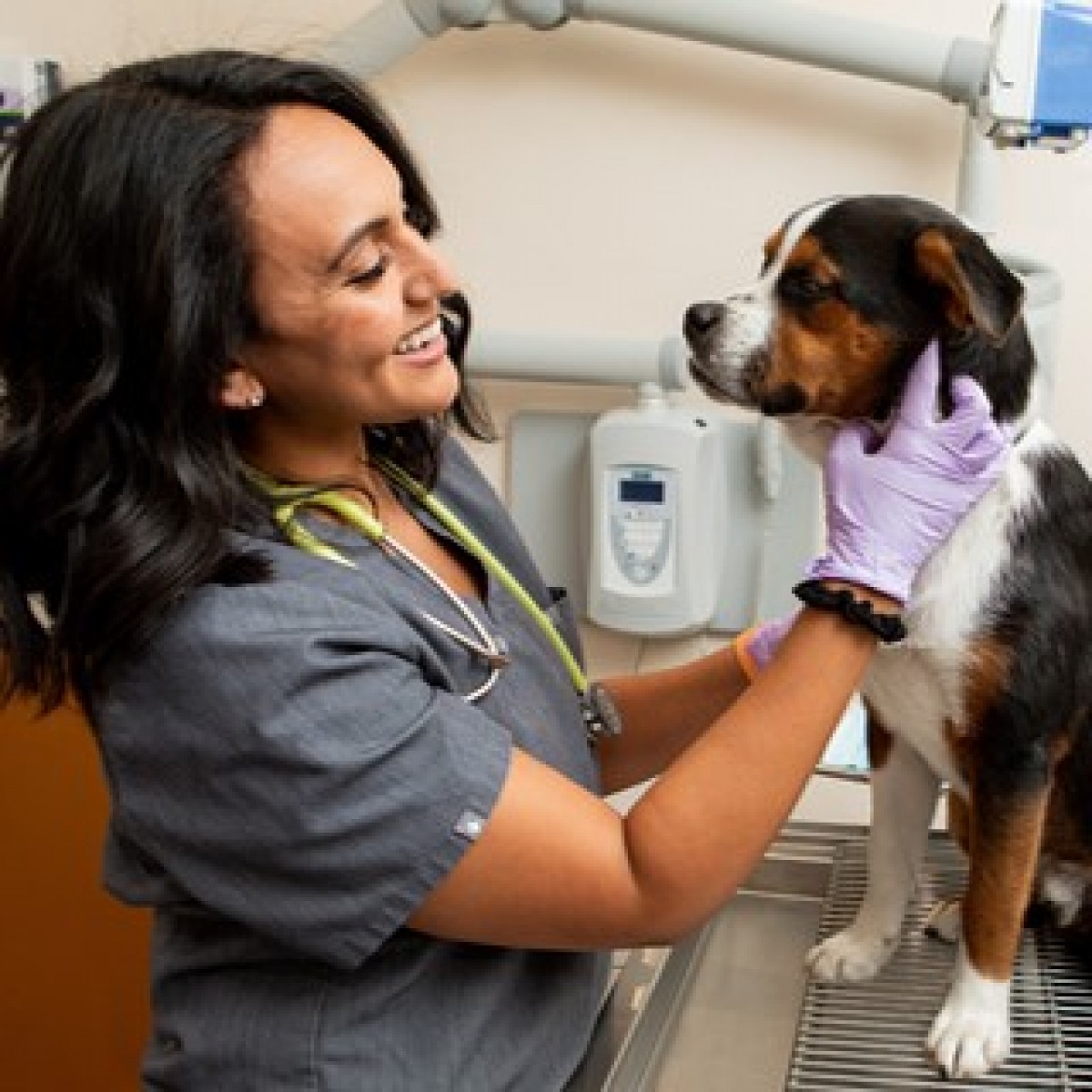

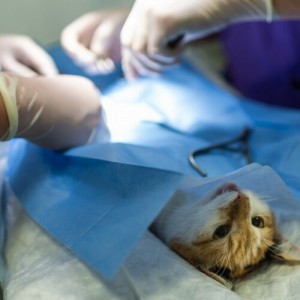
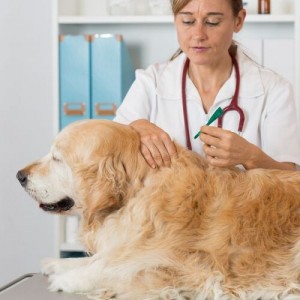

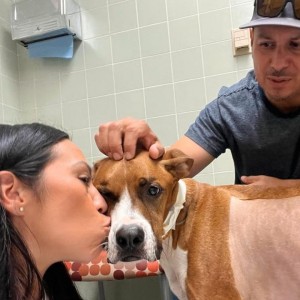

List
Add
Please enter a comment